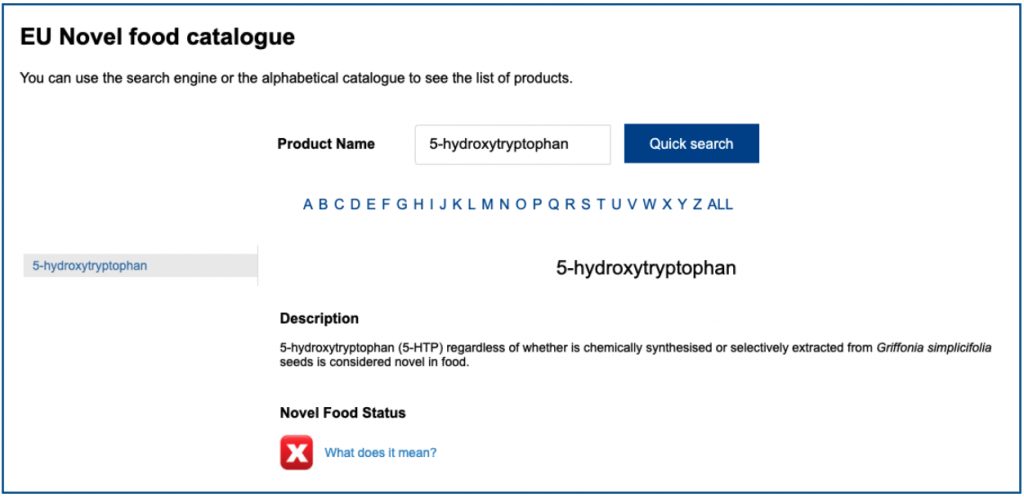Maybe you have heard this term before, but do you know what it means? Novel foods are defined as foods that had not been significantly consumed by humans in the EU before 15 May 1997 (Novel Food Regulation (EU) 2015/2283). The purpose of this regulation is to make it easier to place new and innovative foods on the EU market, while maintaining a high level of food safety for consumers.
Novel foods can be newly developed innovative foods, foods manufactured using new technologies and production processes, as well as foods that are or have been traditionally consumed outside the EU.
This means that, until approved by the EU, it cannot be marketed either as a food or as a food supplement. Below we explain how to recognise this type of ingredients or foods and invite you to explore which ones currently bear this designation.
How do I know that the ingredient or food is a novel food: Novel Food Catalogue
There is a list provided by the European Commission called “Novel Food Catalogue“. When we search for a food/ingredient in this catalogue, we can see that the novel food status can show 4 different symbols:
| Green Tick | This product was on the market as a food or food ingredient and consumed to a significant degree before 15 May 1997. In other words, it is not a Novel Food and is not subject to its regulation. It can be marketed both as a food and as a food supplement. |
|
FS – Food Supplements |
According to the information available to the competent authorities of the Member States, this product was only used as or in food supplements before 15 May 1997. In other words, it can only be marketed as a food supplement and any other dietary use of this product has to be authorised under the Novel Food Regulation. |
|
Red X |
According to the information available to the competent authorities of the Member States, this product was not used as food or food ingredient before 15 May 1997. Therefore, before it can be placed on the EU market as a food or food ingredient, it is necessary to carry out a safety assessment under the Novel Food Regulation. |
| Question mark | More information is needed. |
For example, when we look for the ingredient 5-hydroxytryptophan (5-HTP) in the Novel Foods Catalogue, we can see that it is marked with a Red X.

Novel Foods marked with the Red Cross require prior authorisation before they can be allowed to be commercialised. If a company wants to place such a product on the market, it must request this authorisation by means of a well-structured application that proves the novel food’s safety.
Appropriate data must be provided to assess the novel food’s safety: novel food description, production process, compositional data, proposed uses and use levels, as well as the novel food’s use history and/or its origin, absorption, distribution, metabolism, excretion, nutritional information, toxicological information and allergenicity.
This is the case for some products that many of our clients ask about and why we do not have them in stock. One example, as we have shown, is 5-HTP which has been classified as Novel Food.


